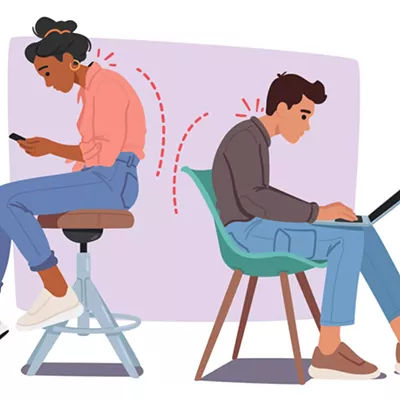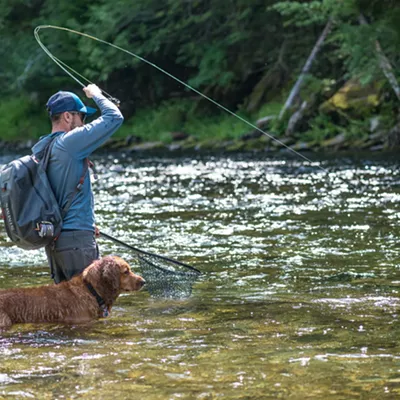What would you do if you were offered $5,000 a year from now for $1,000 invested today? You would probably say yes. A similar offer is being made to the governor and Legislature as they decide whether to continue investing in Washington state’s successful tobacco control program. Over the program’s first 10 years, it cost $260 million while saving $1.5 billion in health care costs and 13,000 lives from cancer, heart disease, lung disease and stroke.
These figures come from a new research study (which I helped conduct) evaluating the state’s tobacco program. The study also found that two-thirds of the savings came back to the government through health care savings for the Medicare, Medicaid and other government-paid programs. The other one-third of the savings went to employers and private citizens through lower insurance premiums.
The numbers of dollars and lives saved are impressive, but they are even more so when I think about the tobacco-caused loss and misery I have seen as a physician and a supervisor: the mom who smoked and whose life was cut short by a heart attack; the grandpa who chewed tobacco and who was maimed by a mouth cancer that ate up his jaw; the co-worker who smoked and whose emphysema kept her in bed for two weeks when she caught what would have been a routine cold for anyone else. You probably know of similar stories.
Still, you might ask whether the program remains necessary. After all, smoking levels have dropped to 15 percent of adults today from 22 percent when the program started a decade ago. The answer is yes. Hundreds of thousands of Washington smokers still need help quitting. Most smokers want to quit, and most have quit for at least a day in the past year. But smoking creates an addiction to nicotine, and it's a habit most often acquired by teens in a rebellious move that will plague them for the rest of their shortened lives. Anyone who has talked to an ex-smoker or a smoker trying to quit knows how hard it is to kick nicotine addiction. Smokers are four times as likely to succeed in quitting if they get help from both professional coaching and medications like the nicotine patch. The state tobacco program provides that help to smokers through its telephone quitline (1-800-QUIT-NOW). In the past year alone, more than 23,000 smokers called the quitline.
The governor and the Legislature face tough choices this winter as they prepare a budget for the next two years. Tax revenues have gone down because of the recession and unemployment, and voters clearly signaled in November they are not interested in new or increased taxes. Among tough choices, investing in the state’s tobacco program stands out as a smart choice. Over the past 10 years, the program has consistently saved thousands of lives and returned $5 for every $1 spent. The investment in our state's pocketbook and overall health should be continued.
So what can you do? You can let the governor and your legislators know how you feel. Write to the governor. Her electronic message box is located at governor.wa.gov/contact. Write to your legislators. You can find their email addresses at apps.leg.wa.gov/DistrictFinder. You can also join me as an Ambassador with the American Cancer Society’s Cancer Action Network (acscan.org) or volunteer with the American Heart Association (americanheart.org) or the American Lung Association (lungusa.org/stop-smoking/tobacco-control-advocacy). As citizens of Washington state, our investments have brought us great health gains and great savings in the battle against tobacco. We cannot afford to stop now!
Jeffrey R. Harris is director of the Health Promotion Research Center at the University of Washington School of Public Health.
QUIT NOW!
Washington state currently funds three programs to curb smoking, the costliest public health issue the state faces. The Washington Quit-Line (800-QUIT-NOW or quitline.com) helps citizens kick the habit. Smoke-Free Washington (smokefreewashington.com) gives you information on how to avoid second-hand smoke. And to prevent kids from taking up smoking in the first place, there’s the No Stank You campaign (http://www.nostankyou.com).















